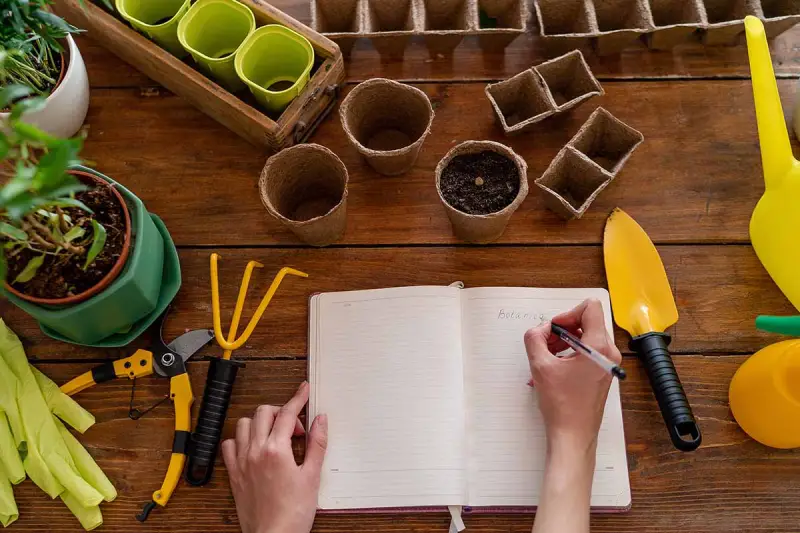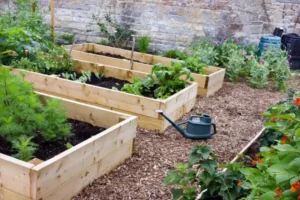Maintaining a healthy and beautiful outdoor garden requires more than just watering your plants. Each month brings new responsibilities and opportunities to care for your garden — from planting and pruning to pest control and preparing for seasonal changes. This month-by-month garden maintenance checklist is designed to help gardeners in the U.S., UK, and Europe keep their outdoor spaces thriving all year long.
January: Planning and Preparation

- Review your gardening goals for the year.
- Order seed catalogs and plan your spring planting.
- Clean and sharpen garden tools.
- Prune dormant trees and shrubs (except those that bloom in spring).
February: Seed Starting Indoors
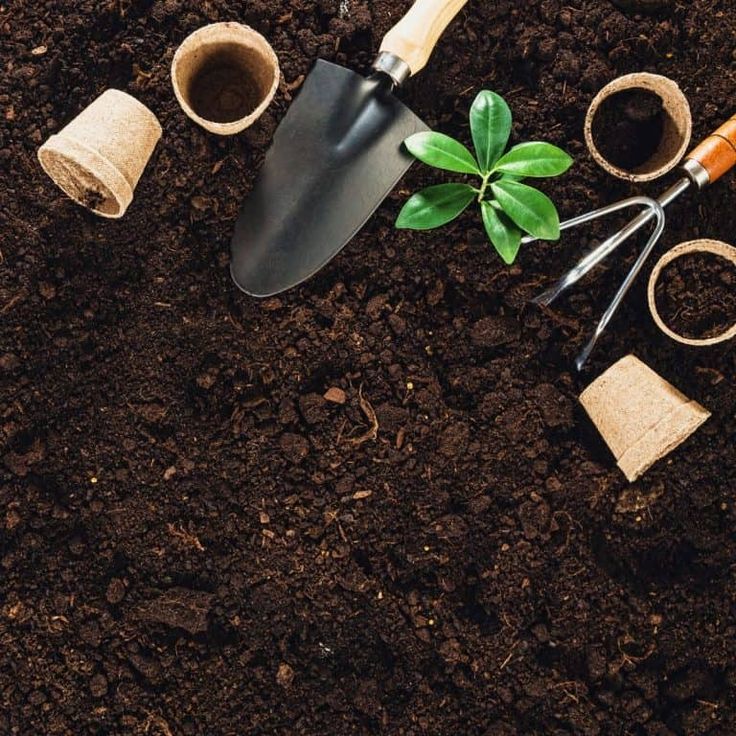
- Start seeds indoors for early vegetables and annuals.
- Continue tool maintenance.
- Begin composting if you haven’t already.
- Inspect outdoor structures like raised beds and trellises for repair.
March: Early Planting and Lawn Prep

- In warmer zones, start planting hardy vegetables (like carrots and spinach).
- Rake leaves and debris from garden beds.
- Apply lawn fertilizer if needed.
- Begin pest control monitoring.
April: Spring Bloom and Soil Care

- Plant flowering perennials and annuals.
- Apply mulch to control weeds and retain moisture.
- Test soil pH and amend as needed.
- Start mowing lawn regularly.
May: Peak Growth and Maintenance
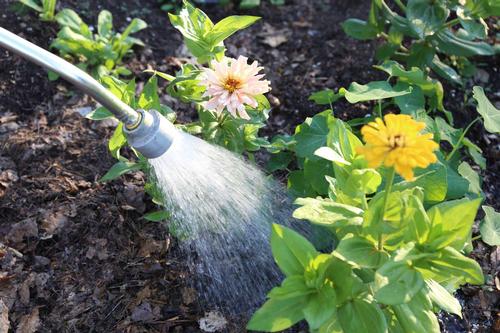
- Stake tall flowers and vegetables.
- Thin seedlings for proper spacing.
- Water consistently and deeply.
- Begin regular weeding routine.
June: Pest Watch and Deadheading

- Monitor plants for aphids, slugs, and beetles.
- Deadhead flowers to encourage more blooms.
- Harvest early vegetables.
- Provide shade or cover for heat-sensitive plants.
July: Watering and Weeding
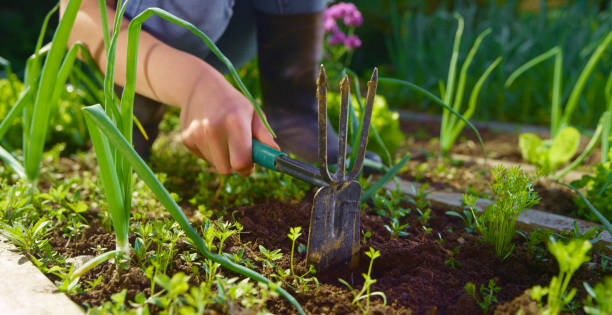
- Water deeply early in the morning.
- Keep up with weeding.
- Prune summer-flowering shrubs after bloom.
- Continue harvesting fruits and vegetables.
August: Fall Prep Begins

- Start planning for autumn planting.
- Sow fall crops like lettuce, kale, and radishes.
- Trim overgrown shrubs.
- Keep lawns well-watered during dry periods.
September: Autumn Transition
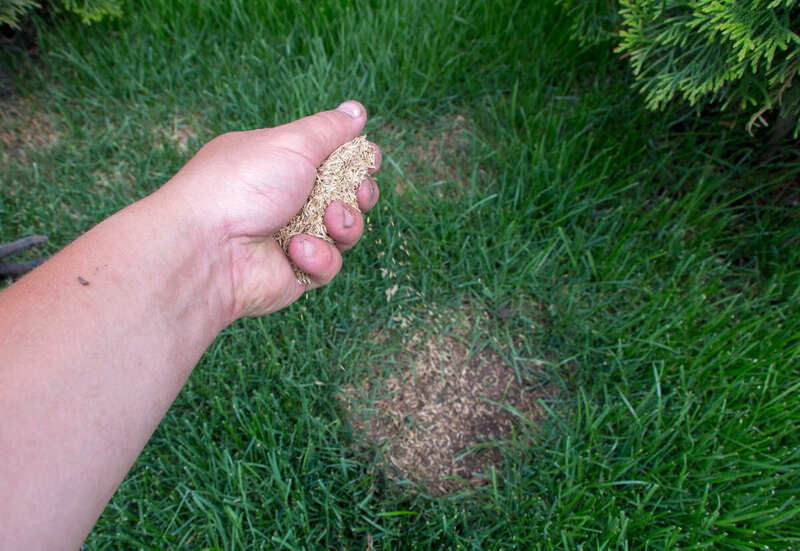
- Plant autumn-blooming perennials.
- Divide spring-flowering perennials.
- Reseed patchy lawn areas.
- Clear spent plants and compost them.
October: Clean-Up and Protection

- Remove dead annuals and vegetable plants.
- Mulch garden beds heavily for winter.
- Clean and store tools for winter.
- Drain and store garden hoses.
November: Tree and Shrub Focus
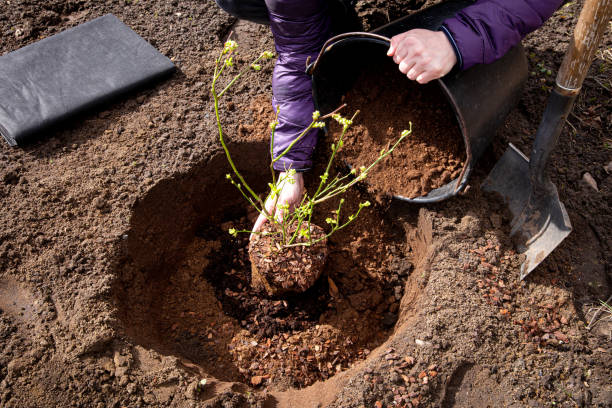
- Plant bare-root trees and shrubs.
- Wrap tender plants for frost protection.
- Final mow for lawns before winter.
- Collect fallen leaves for composting.
December: Rest and Reflect
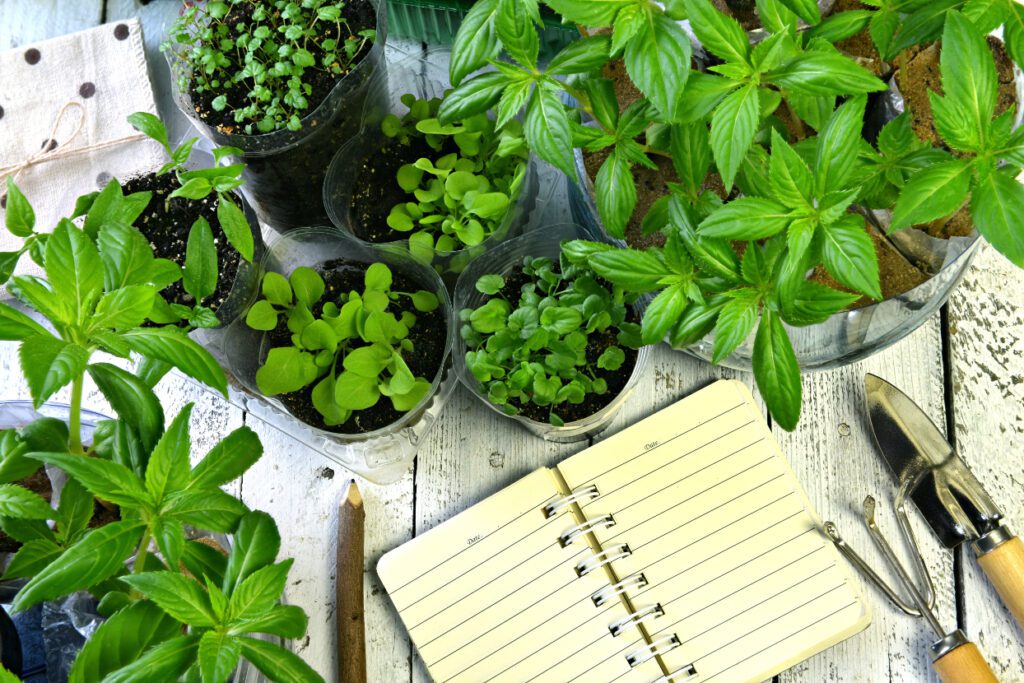
- Review garden journal or notes from the year.
- Plan changes or expansions for next season.
- Enjoy the winter break and indoor plants.
- Decorate your outdoor space for the holidays.
Final Tips
- Stay flexible — weather can vary year to year.
- Set reminders or use a garden planner app.
- Involve the whole family or household to make maintenance easier.
Want more month-by-month tips? Check out our seasonal guides on vegetables, flowers, and lawn care — perfect for outdoor gardening success all year round.


